I Walked With a Weighted Vest for 30 Days for Weight Loss and Here Are 7 Things I Learned
Walking is one of the best workouts for weight loss. If you are already getting your steps in but want to take your walking workout to the next level, consider wearing a weighted vest, says one expert. Robin Laird of Science of Self-Care is a high-performance health coach and founder of the wellness app Health Curious. On her Signs of Self-Care channel, she discusses health science, life philosophy, and self-care experimentation. "I'm actually gonna wear this vest while talking. It will help me get into the mental state," she says.
Rucking Is Walking with Extra Weights

"Overall, it's been a very positive experience," she says in the video. "First, I'd like to answer the question, why would you consider walking with a weighted vest or rucking? Rucking is walking with extra weights. That might also be in a backpack like a rucksack."
First Benefit of Weighted Walking: It Increases Cardiovascular Fitness
She explains that "there are many benefits" to weighted walking. "Firstly, it increases your cardiovascular fitness. Adding extra weight will increase the workout intensity of your walks, and this can improve heart and lung health and just overall cardiovascular fitness," she says.
Second Benefit of Weighted Walking: It Will Enhance Muscle Strength and Endurance
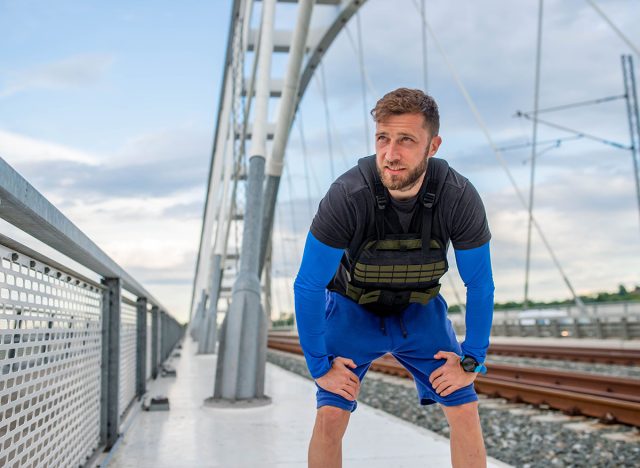
"Weighted walking will also enhance your muscle strength and endurance. The extra weight that you're wearing challenges your muscles, and it improves your core strength and your leg strength," she says.
Third Benefit of Weighted Walking: It Also Builds Muscle Mass
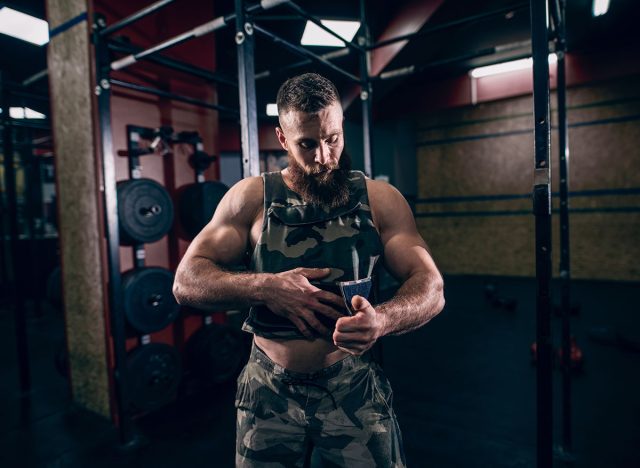
"I also feel like my glutes and my calves, just all the muscles of my legs, feel so much stronger and more toned. It's definitely noticeable, so I think it's a really nice way to get more out of the time you do spend walking and build your muscle mass," she says.
Fourth Benefit of Weighted Walking: It May Improve Your Bone Density
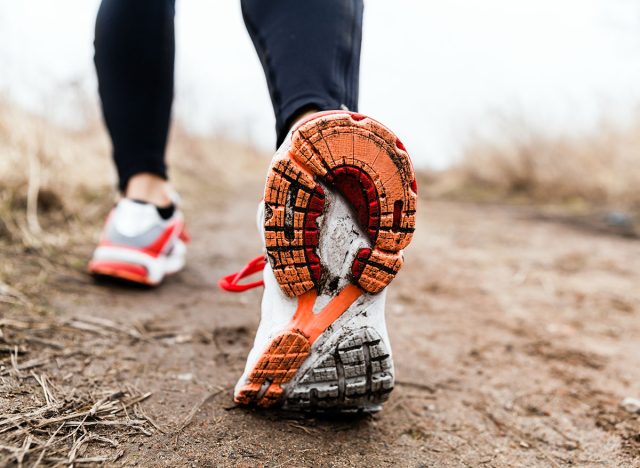
"It may also improve your bone density," she says. "Weight-bearing exercises are known to strengthen bones, which can be beneficial in preventing conditions like osteoporosis."
Fifth Benefit of Weighted Walking: You Will Boost Your Caloric Expenditure
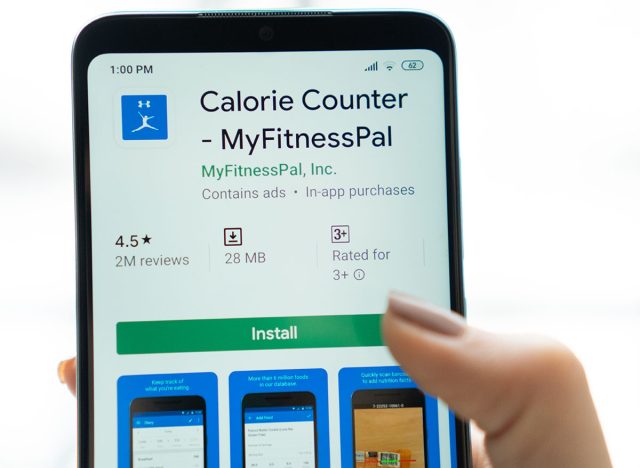
"You're likely also going to boost your caloric expenditure for the day because you are walking with more weight. You will inevitably be burning more calories. So again, this is something that is really helpful for people who are looking to lose weight," she says.
Sixth Benefit of Weighted Walking: Your Hunger Will Increase
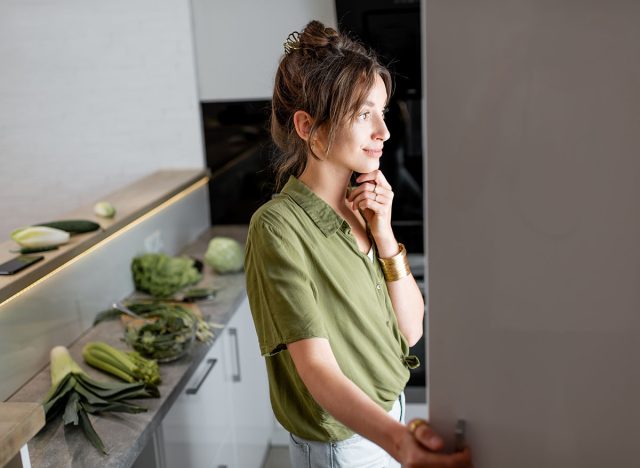
"In addition to paying attention to your caloric intake, you can increase your caloric expenditure by adding weights to your walks. I will say I noticed my hunger really increased, and I would sometimes be so ravenous after these walks. So I definitely also was eating more this past month just because I was burning more," she says.
Seventh Benefit of Weighted Walking: It Can Improve Posture

"Lastly, weighted walking can also lead to better balance and posture. This is something I'm not sure I fully experienced. The balance is yes, but the posture is a difficult one, and I'll explain why in a second. But I had a little bit of an issue with my vest personally, and that was probably one of the biggest cons to this experience," she says.
Wearing the Vest Is "Uncomfortable"

She admits that wearing the vest is more "uncomfortable" than she thought it would be. "I have so many thoughts on this, but first, let's run down the month. I started off the month very surprised by how heavy 30 pounds actually is. I don't know why. When I bought this, I thought, 'Oh, 30 pounds is not that much. I'm strong. I'm tall, I can handle this well, I could handle it, but 30 pounds is a lot."
She Recommends Starting with a Lighter Weight

"In retrospect, I probably should have started with 12 or 15 pounds, which is also an option for this vest. That said, once I was used to having this on my body, it was extremely comforting and calming," she explains.
Weighted Walking Is Similar to Weighted Blankets

"If you're a fan of weighted blankets, you'll probably be a fan of weighted walking. It has the same grounding and calming sensation. I think it's something that is just innate to many of us. I love being squeezed. I love pressure and weight on me. It just makes me feel safe. It makes me feel secure. So in that sense, I actually really enjoy the feeling of having extra weight on me," she reveals.
It Also Made Her Walks More Intense
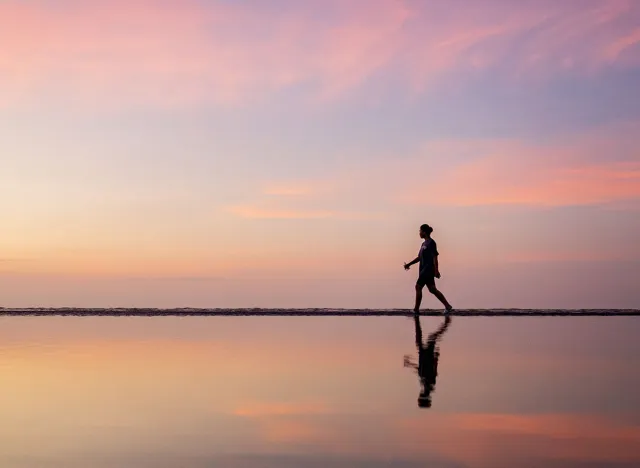
"Another thing I immediately noticed in the first week was how much more intense my walks were. When I was wearing this vest. I would be huffing and puffing more. I would be sweating more. I would just have more sore legs and be ravenous sometimes," she says.
There Will Be an Adjustment Period
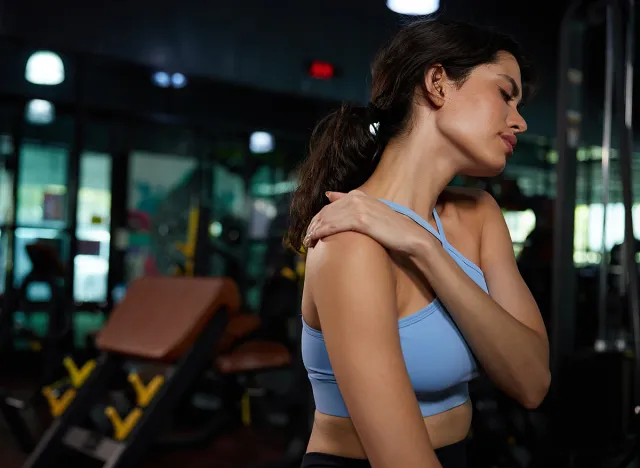
She explains that she wore the vest once a day on her walks, "anywhere between 20 minutes and 60 minutes," she says. It varied quite a bit, but every single day I incorporated this vest into my walking routine. So that was the first week. It was more of an adjustment period and kind of a shock at how much of a difference in intensity this vest made my walks."
In the Second Week, She Felt Stronger
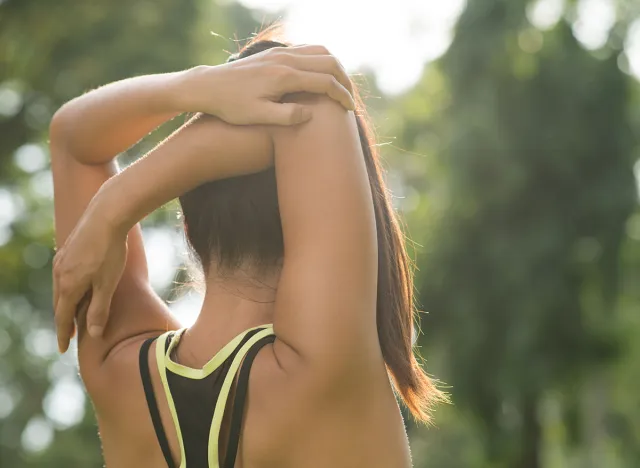
"In the second and third weeks, I really started to notice how strong I was becoming. I felt like I could just run upstairs and I would not be out of breath. I could lift six bags of groceries. I remember going to the grocery store with my mother, and she was shocked at how many grocery bags I could carry back to the car, and it was like nothing. I was feeling so strong. It is a good feeling to feel that strong," she says.
She Also Felt Like She Could "Fly" After Taking It Off
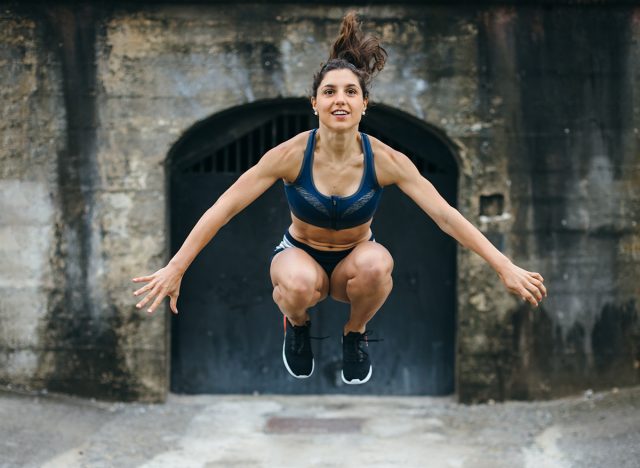
"Another thing that's notable is in the second and third week, whenever I didn't have the vest on, I felt like I could fly," she says. "I had so much energy. It's ridiculously easy to walk. Once you are used to wearing a weighted vest when you're not wearing it, it feels like you are just so light on your toes, and that's also a pretty cool feeling. I even started to crave the weight in week three if I would go on a morning walk without the vest. Some days, I decided to do weighted walking in the evening instead of in the morning. I would actually crave that weight during the morning. And it's funny how quickly your body gets used to things, and just like I crave walking because I'm used to walking, I'm now craving weighted walking because I'm used to having that extra weight."
A Con? It Hurt Her Shoulders

There were also a few cons to wearing the vest. After wearing it "consistently, I started to notice that my shoulders were not feeling too good because essentially this vest does not distribute the weight evenly," she says. "It all hangs on your shoulders, and that is my biggest con to this whole experience. This vest is poorly designed. I think most backpacking backpacks have a really solid belt piece where a lot of the weight of your backpack is actually sitting on your torso and your stomach. In the case of this vest, it's hanging on your shoulders, and I think that was ultimately an issue for my posture."
She Tenses Up Her Shoulders So It Doesn't Hurt
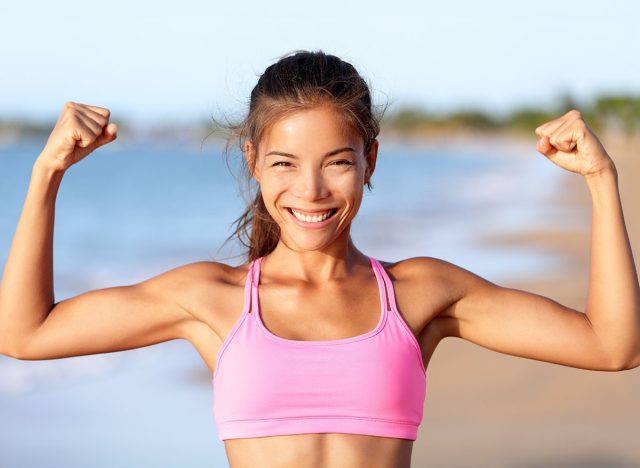
"In order to not have it start to hurt my shoulders, I really have to kind of tense up my shoulders and be very conscious of how I'm holding my arms. I actually think this wasn't a good thing, and I think I wouldn't recommend anyone buy this vest for that reason," she says.
One Hack? She Wears the Vest Like a Weighted Skirt
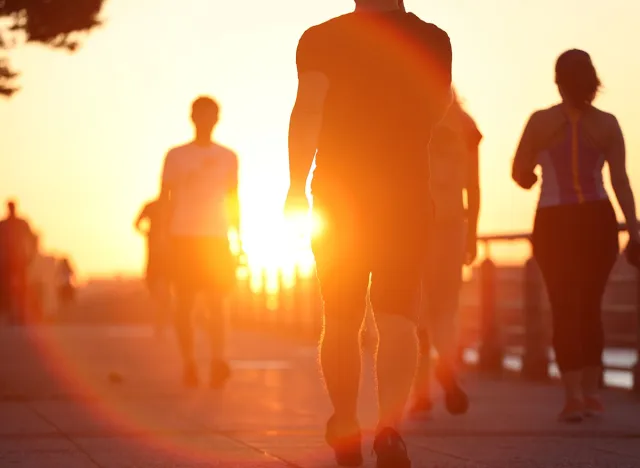
"So to remedy this, because I wanted to finish my month, but I also didn't wanna screw up my shoulders. I started wearing the vest like a skirt. I would switch between wearing it as a vest and wearing it as a weighted skirt. And I think it's lucky that it fits me like this just because of my body proportions, but it's definitely not designed as a skirt. But it felt a lot better when the weight was hanging from my midsection," she says.
You Can Also Do Shorter Walks

"Because of the issues with the weight distribution in week four, I ended up doing shorter walks, really sticking more to 20 minute walks because I just didn't want to agitate my shoulders at all," she says. "I think this is really a shame because I love weighted walking. I love having that extra weight on me. However, I just did not like this vest that I purchased."
You Can Also Use Several Two Pound Rice Bags
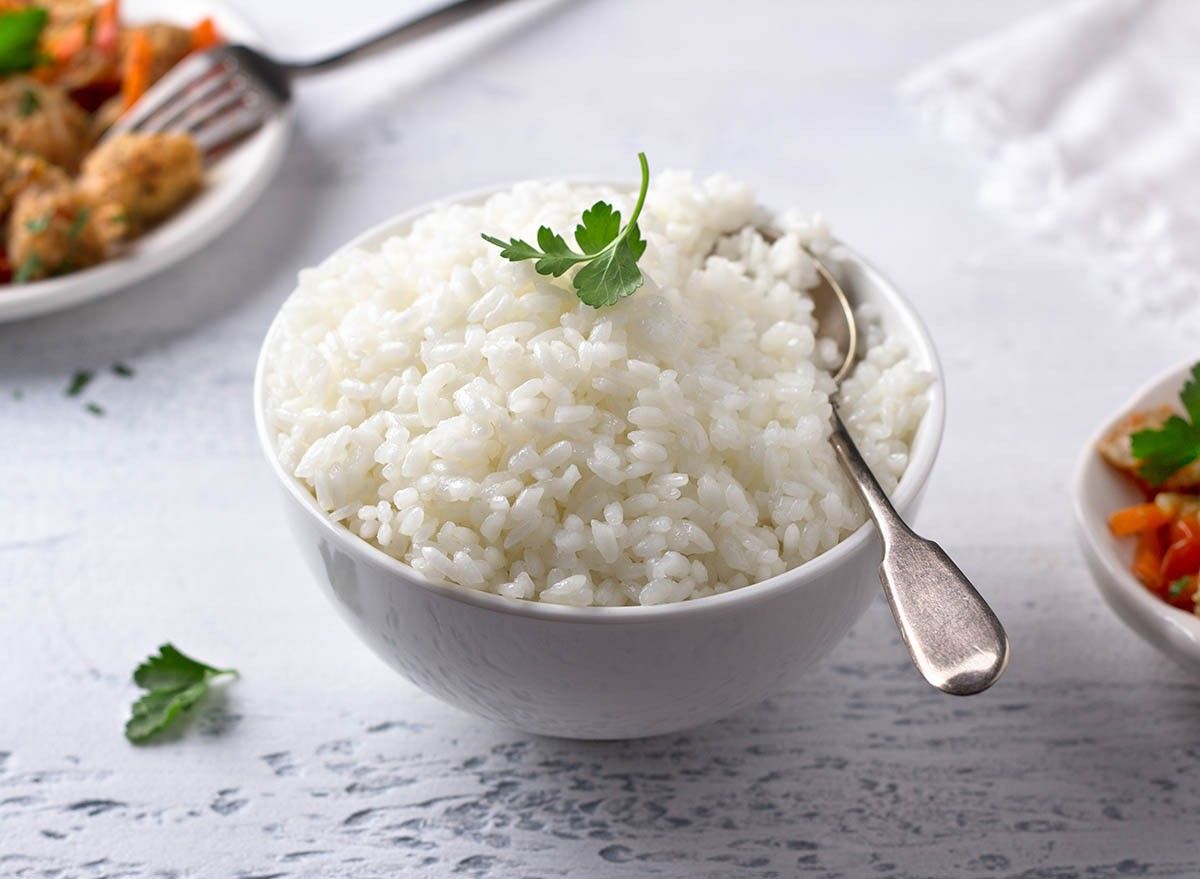
Bottom line? "Weighted walking, I am rating a 10 out of 10," she says. "If you're looking for a cost-effective way to experiment with this before investing in any weighted materials, I would recommend just buying several two-pound rice bags in bulk. They're usually a few bucks, so this can be quite a cheap way to test this out. Toss it in a backpack and see how you feel. I do think that ultimately, you are going to want to invest in something that's specifically made for weighted walking, and now I'm actually in the market for a weighted belt."
This Is a Great Way to Create a Healthy Habit
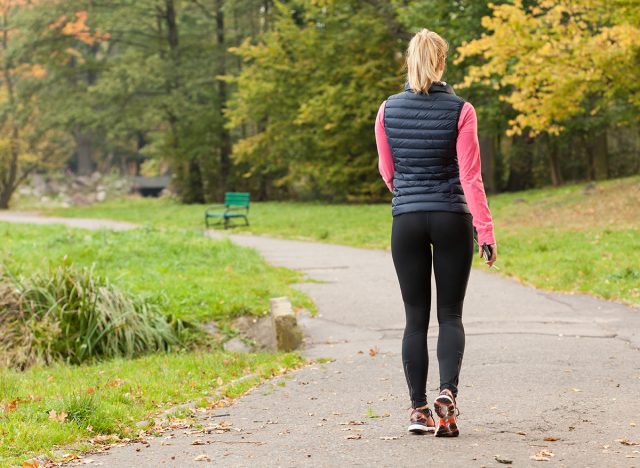
"One of my greatest takeaways from this experience was how easy it was to incorporate this into my routine. I know I've talked about this before in my channel, but the concept that James Clear writes about in his book, Atomic Habits," she says. "Because walking is so standard in my routine, it's really easy to optimize and add weights and actually refine that habit further since it already exists."
RELATED: 15 Surprising Fat-Blasting Tricks for Men Over 50
Bottom Line? This Is a Great Way to Upgrade Your Walks
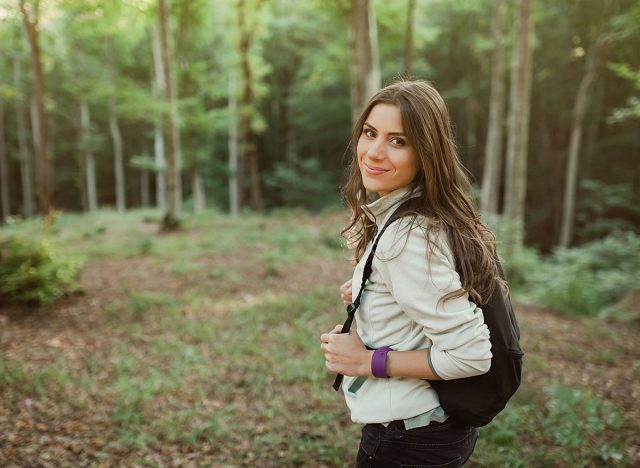
"I was able to do it every single day from day one, and it was not difficult. So this is a great option for people who lead busy lives and already go on walks. You don't have to change a thing about your routine, and you can majorly amp up the intensity of your daily activity," she says. And if you enjoyed this article, don't miss 12-3-30 Walking Method: 20 Proven Tips to Lose Weight Faster.





